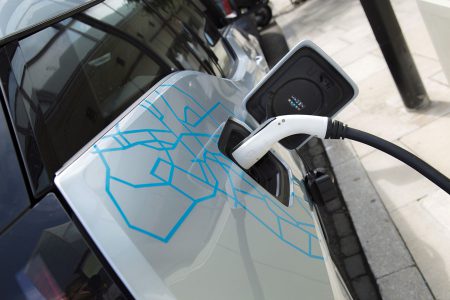We can do better than electrified sprawl, if we try
The electric vehicle revolution is nigh. As recently as 2017, electric cars comprised just 1.4 percent of global sales. By 2021, they made up 8.6 percent, roughly a sixfold increase in just four years, with that last figure coming in a year when auto manufacturing was hamstrung by the shortage of computer chips.
Soon electric vehicles (EVs) will displace gas-powered ones, and that will be an improvement over the status quo — but only a modest one if American cities can’t take advantage of the broader benefits of electrification. We can do better than e-sprawl, if we try.
The reason EVs will win sooner or later is brute market dynamics. As anyone who’s ever felt the instant jolt of torque from an electric drive train can attest, they are simply better than gas-powered cars in almost every way, and they’ll only continue to improve.
EVs are more powerful, cleaner, and much cheaper to maintain and drive. As uptake increases, so will the network of charging stations. And since the vast majority of car trips are quite short, and almost every house and business in the country is already wired for electric power, it will be relatively straightforward to keep most EVs charged up most of the time. Couple all that to ever-tightening emissions rules and regulations in Europe and China (where the communist government basically bullied Toyota into shifting towards electric cars), and it’s simply a matter of time before the internal combustion engine is a quaint anachronism.
Read more: The Week
It’s Time to Go Green!
If you would like to know more about Solar Panels and the PowerBanx range of home battery systems, and get a free instant quote, please complete our online form:


